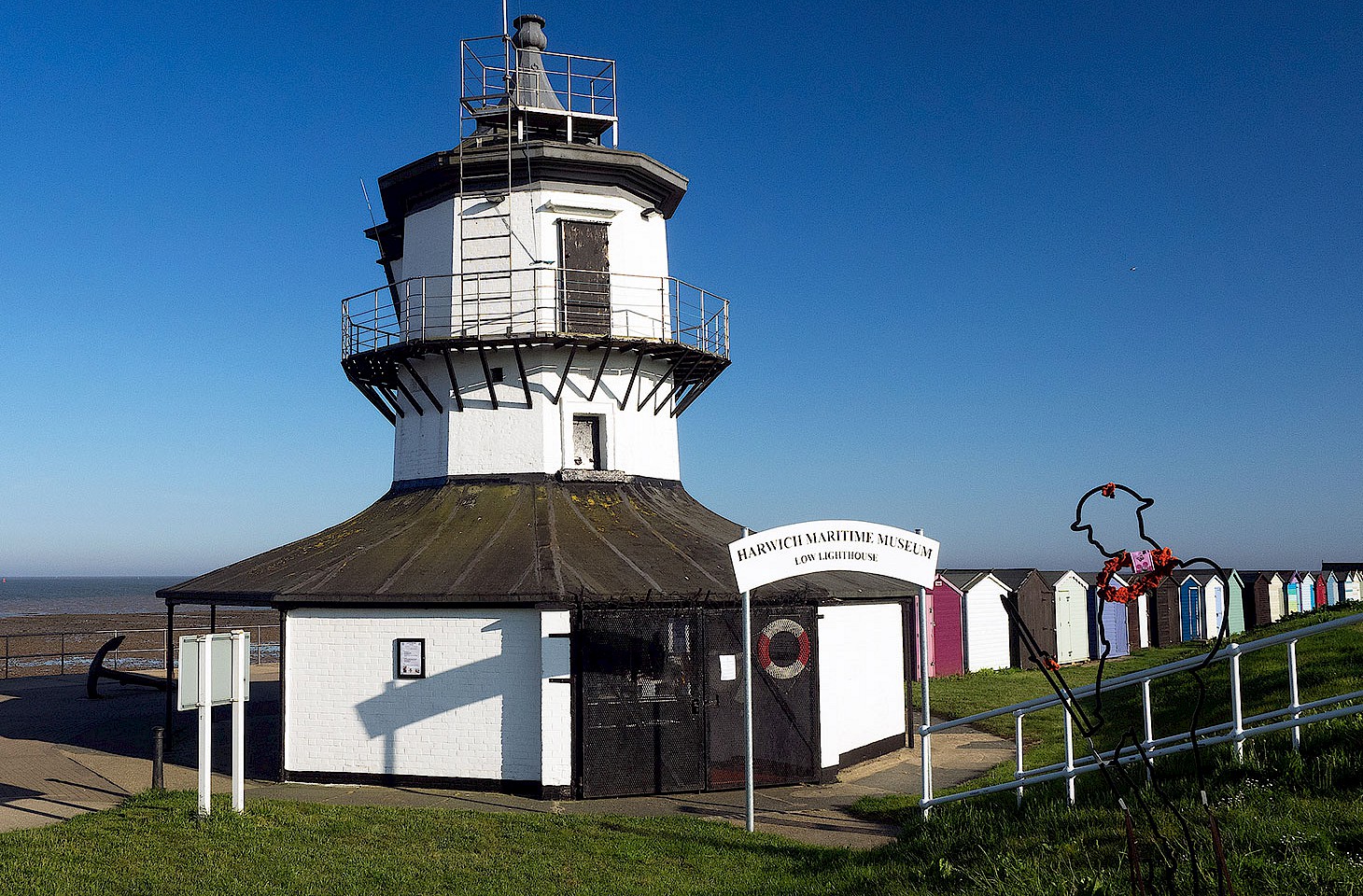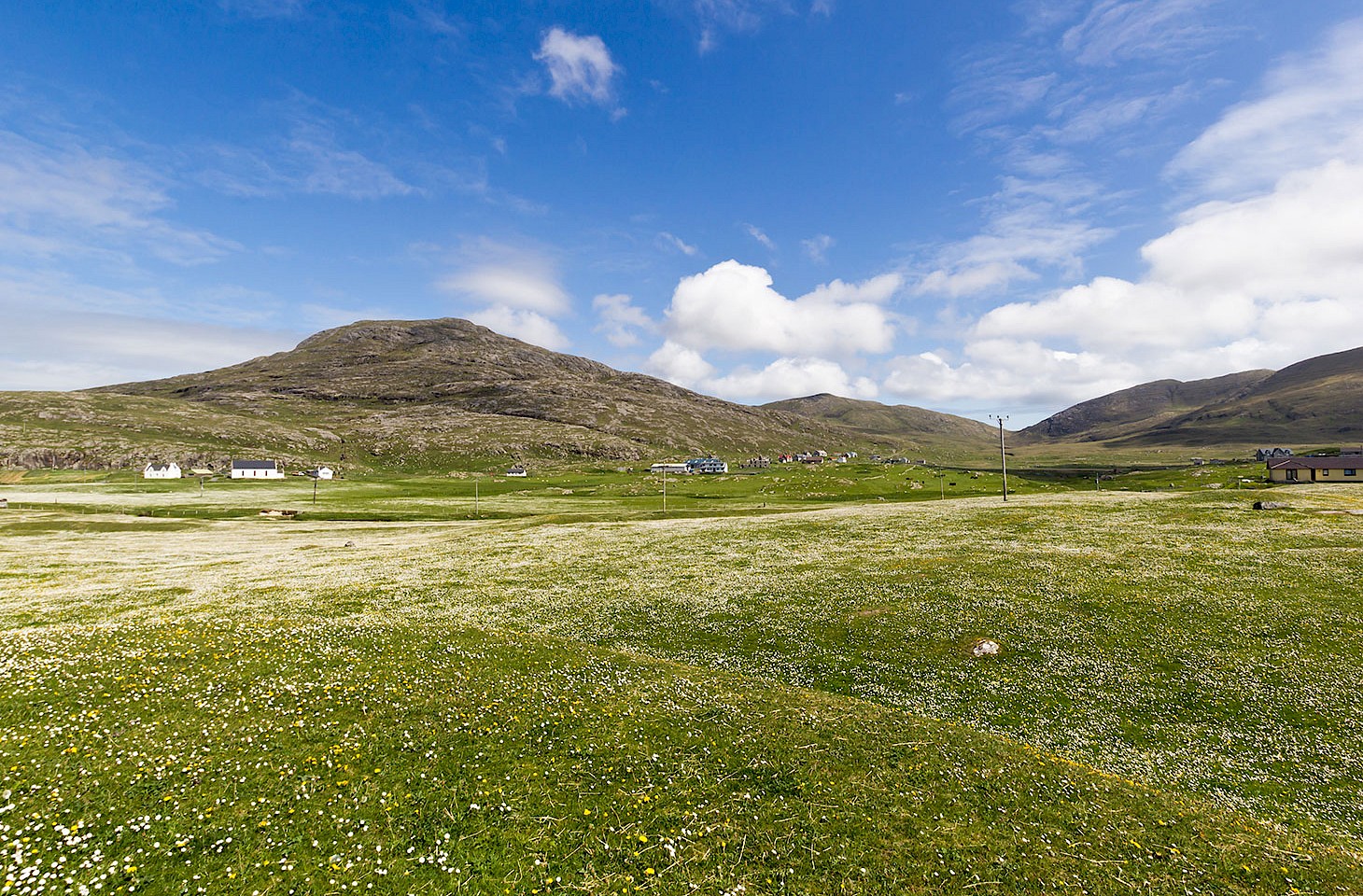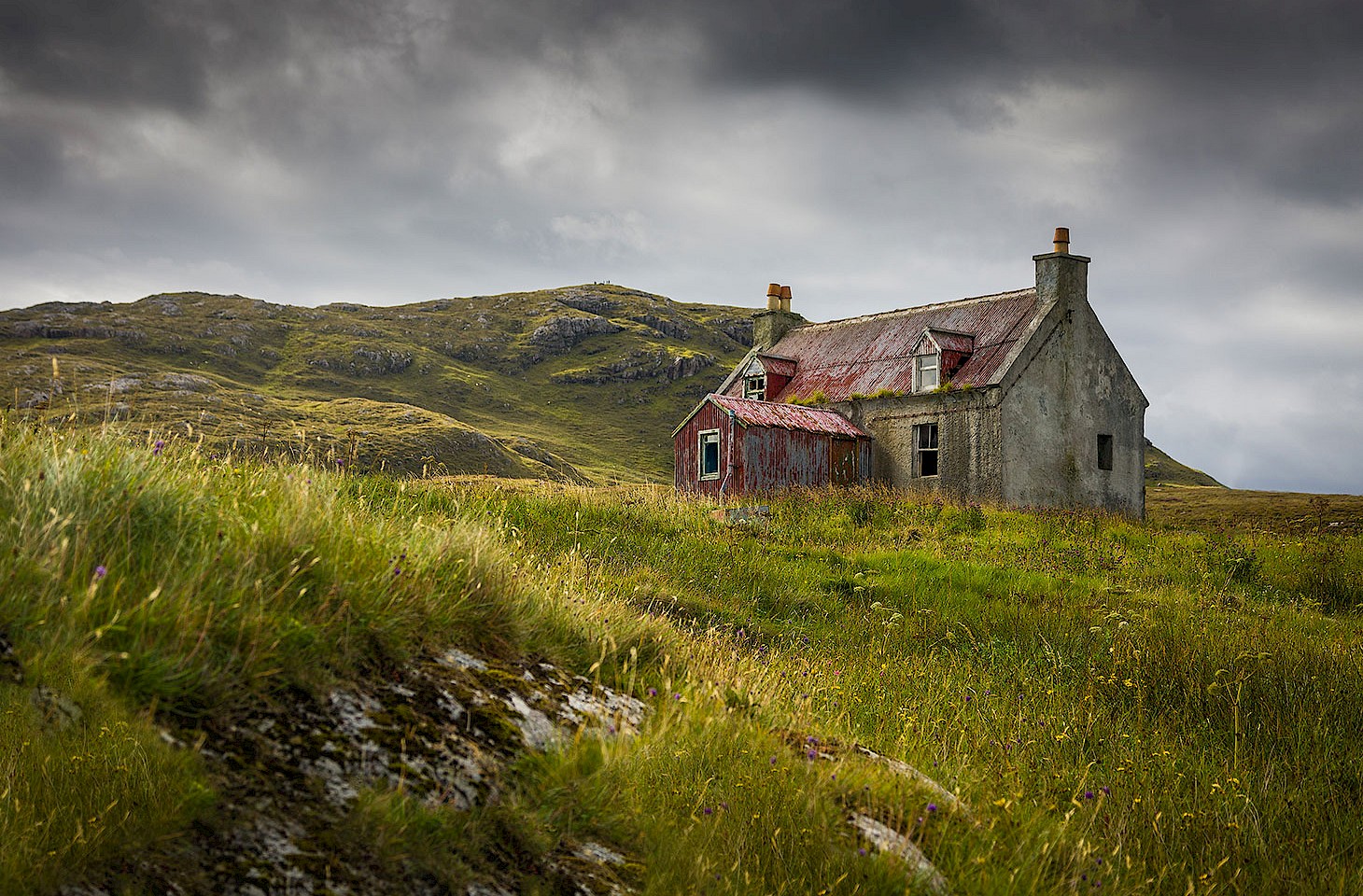For Charles Dickens, travelling by train and boat from Paris to London 150 years ago this summer (on 9 June 1865), there was a frightening incident during his journey when the boat train from Folkestone crashed on a Kent viaduct. The writer found himself confronted by the apotheosis of nothingness — far worse than any tunnel — when his railway carriage was left “impossibly balanced in the act of tilting” (as he recalled in correspondence).
Before retreating from the scene of the accident, Dickens had the good sense to tend the injured and retrieve the manuscript of his novel Our Mutual Friend from the precariously balanced carriage.




